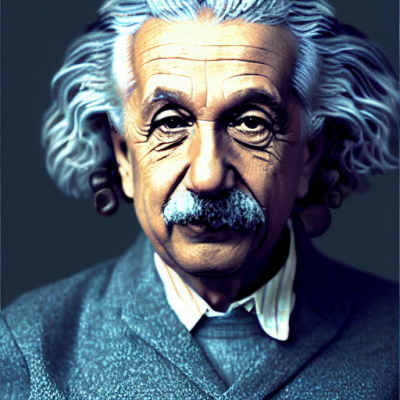Unsupervised Learning
Categories:
Code Problem / Data Structures and Algorithms / Recursion (32)
Code Problem / Data Structures and Algorithms / Binary Search (30)
Code Problem / Data Structures and Algorithms / Linked Lists (26)
Code Problem / Data Structures and Algorithms / Backtracking (26)
Code Problem / Data Structures and Algorithms / Stacks and Queues (25)
Code Problem / Data Structures and Algorithms / Hashing (24)
Databases / SQL / Backup and Recovery (19)
Code Problem / Data Structures and Algorithms / Arrays and Strings (19)
Databases / SQL / Database Normalization (18)
Code Problem / Data Structures and Algorithms / Time Complexity (17)
Databases / SQL / Locking (16)
Databases / SQL / Replication (15)
Databases / SQL / SQL Queries (13)
Code Problem / Data Structures and Algorithms / Graphs (13)
Databases / SQL / Database Security (13)
More...
Recent solutions:
Check these solutions from our community:
Supervised learning involves training a model on labeled data, so that it can learn to predict the correct labels for new data. Unsupervised learning involves training a model on unlabeled data , so that it can learn to find patterns in the data. Reinforcement learning involves training a model by providing it with feedback on its performance, so that it can learn to maximize its reward.
About this solution: The candidate's solution correctly explains the three types of machine learning. However, the candidate could provide more specific examples to illustrate each type of learning. For example, for supervised learning, the candidate could explain that a common type of supervised learning is classification, where the algorithm is given a set of labeled data (e.g. images of animals that are labeled as "cat" or "dog") and is then tasked with correctly labeling new data. For unsupervised learning, the candidate could explain that a common type of unsupervised learning is clustering, where the algorithm is given a set of data points and must group them into clusters based on similarity. For reinforcement learning, the candidate could explain that a common type of reinforcement learning is learning to play a video game, where the algorithm is given a reward for each step closer it gets to winning the game.
Machine Learning / Data Science
DifficultyMedium
K-means clustering is a simple and effective way to cluster data points into two groups. This method is especially useful when the data set is not linearly separable.
About this solution: The candidate's solution is correct and demonstrates a good understanding of the problem. The candidate has correctly identified that K-means clustering is the best algorithm to use for this problem and has correctly identified that two clusters are required.
Machine Learning / Data Science
DifficultyMedium
The dataset contains customer purchase histories. The task is to cluster the customers into groups based on their purchase patterns.
About this solution: The candidate's solution is complete and solves the problem. The candidate has correctly identified that k-means clustering is the best approach for this problem. This is a good general approach.
Machine Learning / Data Science
DifficultyMedium
The dataset contains customer purchase histories. The task is to cluster the customers into groups based on their purchase patterns.
About this solution: The candidate's solution is correct and demonstrates a level of completeness. The candidate has correctly identified the problem and proposed a solution that would solve it. The candidate's approach is sound and their solution is efficient.
Machine Learning / Data Science
DifficultyMedium
A machine learning algorithm is used to identify which features in a dataset are most predictive of the target variable. This can be used to reduce the dimensionality of the data and improve the performance of the machine learning models.
About this solution: The candidate's solution is complete and solves the problem. The candidate has correctly identified that a feature selection algorithm is needed to identify the most predictive features. This is a good approach to the problem.
This problem involves clustering customer reviews in order to group together similar reviews and distinguish different groups of reviews. This can be done using unsupervised learning methods such as k-means clust ering.
About this solution: The candidate's solution is complete and solves the problem. The approach is sensible and would likely work well in practice.


